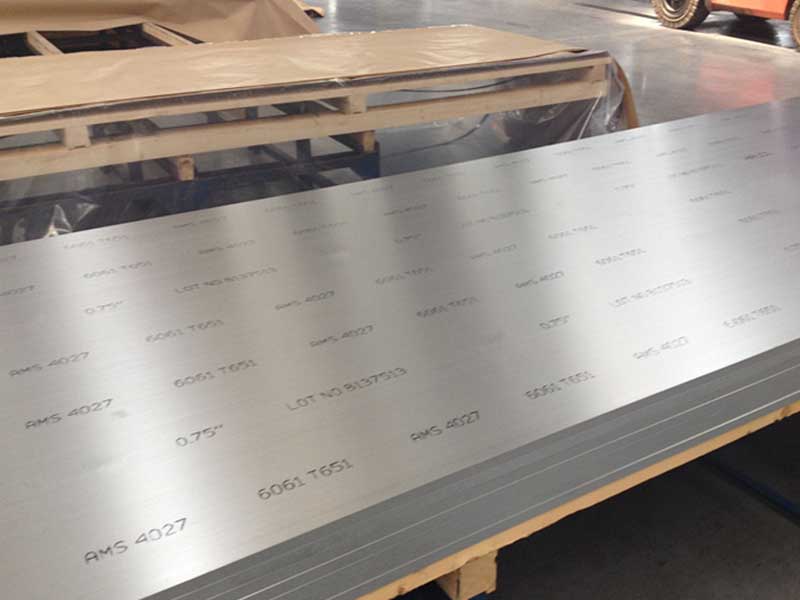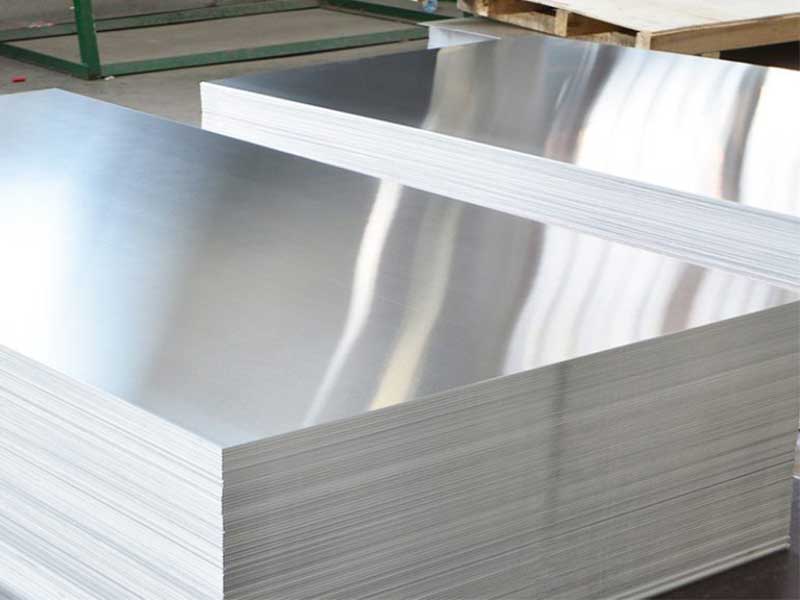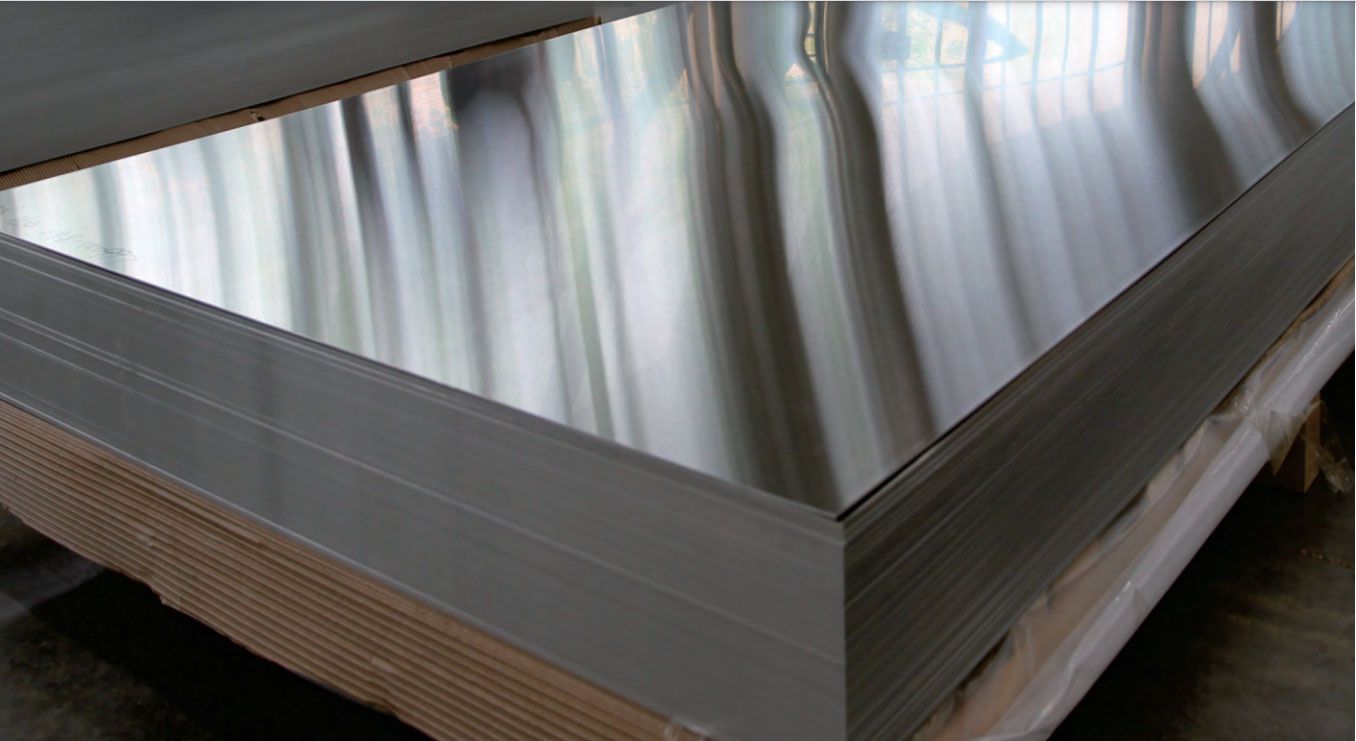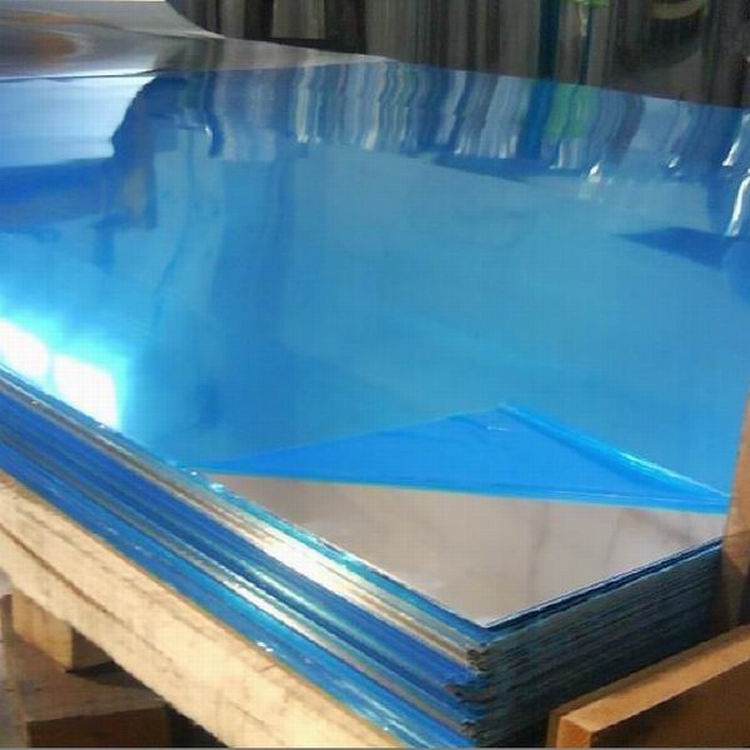6061 Marine Aluminum Fencing and Railings for Custom Marine Infrastructure Guardrails
08/22 2025 Lucy
6061 marine aluminum fencing and railings provide a durable, corrosion-resistant, and high-strength solution for custom marine infrastructure guardrails, docks, marinas, and waterfront projects. With excellent weldability, good fatigue resistance, and a favorable strength-to-weight ratio, 6061-T6 and modified tempers offer long-term performance in saltwater and coastal environments when properly anodized or powder-coated.
Overview
6061 aluminum is a heat-treatable, precipitation-hardenable alloy in the 6xxx series (Al-Mg-Si) commonly used in structural and architectural applications. Its combination of strength, corrosion resistance, weldability, and formability makes it a preferred choice for marine fencing and railing systems. For marine applications, surface treatments (anodizing, powder-coating, or marine-grade painting) and design choices (drainage, sacrificial anodes in mixed-metal assemblies) are critical to maximize life span in saltwater and splash zones.
Features
- Corrosion resistance in marine environments when properly finished
- Good strength-to-weight ratio (comparable to mild steel at much lower weight)
- Excellent weldability and brazing capability
- Good machinability and formability for custom shapes, tubes, posts, and ornamental elements
- Compatibility with anodizing and powder-coating for enhanced protection and aesthetics
- Lower maintenance than ferrous alternatives (galvanized steel, stainless steel) depending on finish and design
- Non-magnetic and electrically conductive — consider galvanic isolation when combining dissimilar metals
Common Applications
- Waterfront guardrails and handrails for piers, marinas, and seawalls
- Bulkhead-top fencing and security railings
- Gangway and staircase railings
- Deck balustrades and privacy screens
- Lifeline stanchions and toe-rail supports
- Floating dock rails and removable rail systems
- Architectural waterfront features (benches, bollards with aluminum accents)
Chemical Composition (Typical for 6061)
| Element | Typical Range (wt%) |
|---|
| Aluminum (Al) | Balance |
| Silicon (Si) | 0.4 – 0.8 |
| Iron (Fe) | 0.7 (max) |
| Copper (Cu) | 0.15 – 0.4 |
| Manganese (Mn) | 0.15 (max) |
| Magnesium (Mg) | 0.8 – 1.2 |
| Chromium (Cr) | 0.04 – 0.35 |
| Zinc (Zn) | 0.25 (max) |
| Titanium (Ti) | 0.15 (max) |
| Other (each) | 0.05 (max) |
| Other (total) | 0.15 (max) |
Common Tempers and Heat Treatment
| Temper | Description | Typical Use in Railings |
|---|
| O | Annealed (softest) | Forming, bending, welding prep |
| T4 | Solution-treated and naturally aged | Intermediate forming then aging |
| T6 | Solution-treated and artificially aged (peak strength) | Structural members, posts, rails |
| T651 | T6 with stress-relief by stretching | Heavy structural extrusions to minimize distortion |
| T5 | Cooled from elevated temperature shaping and artificially aged | Extruded profiles |
Mechanical Properties (Typical)
| Property | 6061-T6 | 6061-T651 |
|---|
| Ultimate Tensile Strength (MPa) | 290 – 310 |
| Yield Strength 0.2% (MPa) | 240 – 275 |
| Elongation (%) | 8 – 12 |
| Hardness (Brinell HB) | ~95 – 105 |
| Modulus of Elasticity (GPa) | 68.9 |
| Density (g/cm3) | 2.70 |
Physical and Thermal Properties
| Property | Value |
|---|
| Melting Range (°C) | 582 – 652 |
| Thermal Conductivity (W/m·K) | ~151 (at 25°C) |
| Coefficient of Thermal Expansion (µm/m·°C) | ~23.6 (20–100°C) |
| Specific Heat (J/kg·K) | ~900 |
| Electrical Conductivity (% IACS) | ~43 |
Fabrication and Joining
- Welding: 6061 is readily welded by MIG, TIG, and pulse processes. Use filler alloys like 4043 or 5356 depending on required color and corrosion resistance. Pre- and post-weld solution treatment (and aging) are not usually practical for fabricated railings; choose filler metal and joint design to minimize stress cracking.
- Cutting/Forming: Can be sawn, waterjet-cut, laser-cut, punched, bent, and extruded. Use proper tooling to avoid galling and work hardening.
- Fastening: Use stainless steel (316) fasteners with nylon or PTFE washers for isolation when possible. Avoid direct contact with untreated carbon steel; manage galvanic potential with insulating spacers and coatings.
- Surface Finishes: Mechanical (bright) or chemical etching, anodizing (Class I or II thickness per spec), powder coating (polyester, polyurethane, or fluoropolymer for UV resistance), and marine-grade paints enhance corrosion protection. Specify pretreatment (e.g., chromate or chrome-free alternatives) to meet environmental regs.
Corrosion Considerations and Best Practices
- 6061 is more corrosion resistant than many alloys, but less so than 5xxx (Al-Mg) series in active marine immersion. For splash/spray environments, properly anodized or coated 6061 performs well.
- Design for drainage and avoid crevices where salt can accumulate. Use sloped base plates and weep holes where applicable.
- Electrically isolate aluminum from copper or dissimilar metals; use sacrificial anodes or convert to all-aluminum assemblies for best longevity.
- When used near seawater, choose 316 stainless hardware, and consider applying sacrificial zinc or aluminum anodes on submerged metalwork.
Technical Specifications for Typical Marine Railing Components
| Component | Typical Extrusion/Profile Dimensions | Temper | Function |
|---|
| Top Rail (round) | Ø 1.5"–2.5" (38–63 mm) wall 2–4 mm | T6/T651 | Handhold, structural stiffness |
| Top Rail (square) | 25–75 mm, wall 2–4 mm | T6/T651 | Architectural handrail |
| Vertical Baluster | 12–25 mm tube or 20×20 mm square | T6 | Infill and picket support |
| Posts | 50–100 mm square/round; base plate | T6/T651 | Primary structural support |
| Base Plate | 4–10 mm with anchor pattern | T6 | Anchoring to deck or concrete |
| Stanchions | Ø 20–40 mm tube | T6 | Lifeline or mid-rail supports |
| Toe Rail | 20–40 mm × 4 mm | T6 | Safety, debris control |
Load & Design Guidelines (Typical Values — engineer for code compliance)
| Characteristic | Value / Note |
|---|
| Design live load (handrail per IBC/OSHA typical) | 0.9–1.6 kN/m (varies by code) |
| Concentrated load at top rail | 0.74 kN (or as required by local codes; often ≥200 lbf) |
| Maximum deflection limit | L/200 to L/360 (code-dependent) |
| Corrosion allowance | Design to avoid relying on small thicknesses; specify protective finish |
Coatings, Finishes, and Aesthetics
- Anodizing: Offers a durable, non-film finish with Class I (industrial) or Class II (architectural) thicknesses. Provides natural metallic appearance and improved abrasion resistance.
- Powder Coating: Wide color palette, excellent adhesion and UV resistance when properly pretreated; recommend TGIC-free polyester or polyurethane powders for marine exposure.
- Fluoropolymer (PVDF) coatings: Premium weathering and color retention for high-end architectural railings.
- Mechanical finishes: Brushed, polished, or bead-blasted surface for specific aesthetics.
Quality, Standards, and Certifications
- Alloy specification: ASTM B209 (sheet/plate), ASTM B221 (extruded bars, rods, and profiles)
- Mechanical and chemical: ASTM B211, AMS for specialized forms; EN AW-6061 per ISO/EN standards in Europe
- Coating standards: AAMA 2605 for high-performance architectural coatings, MIL-A-8625 for anodizing
- Fasteners: ASTM F593/F594 (stainless), or ISO equivalents; use marine-grade 316 where exposed
Design & Installation Tips for Longevity
- Avoid trapping water — provide drainage/weep holes and sloped surfaces.
- Ensure edge distances and anchor embedment meet structural loads and corrosion allowance requirements.
- Use compatible fasteners and isolate dissimilar metals with non-conductive pads or coatings.
- Inspect welds and joints for crevice corrosion and perform touch-up painting or sealing as needed.
- Consider modular/removable sections for winter storage or replacement in high-wear areas.
Maintenance Recommendations
- Regular inspections (annually or semi-annually in severe environments) for loose fasteners, coating degradation, and localized corrosion.
- Clean with fresh water and mild detergents to remove salt deposits; avoid chloride-rich cleaning agents.
- Recoat or repair damaged finishes promptly to prevent under-film corrosion.
- Replace sacrificial anodes as required if used.
Comparison with Alternative Materials
| Material | Pros | Cons |
|---|
| 6061 Aluminum | Lightweight, corrosion resistant with finish, weldable, lower maintenance than steel | Lower absolute strength than some steels; requires isolation from certain metals |
| 5xxx Aluminum (e.g., 5083) | Better inherent seawater corrosion resistance | Less readily heat-treatable, lower strength for some tempers |
| Stainless Steel (316) | Excellent corrosion resistance, high strength | Heavier, higher cost, potential for crevice corrosion, needs polishing |
| Galvanized Steel | High strength, lower initial cost | Heavier, requires maintenance and prone to corrosion in splash zones |
Ordering and Specification Checklist
- Confirm alloy and temper (e.g., 6061-T6 or T651 for structural components)
- Specify extrusion profiles, wall thicknesses, and base plate details
- Define surface finish (anodize thickness, powder coat color/spec, PVDF if required)
- Call out hardware materials (316 stainless) and isolation details
- Provide loading requirements, deflection limits, and applicable building codes
- Request mill test reports (chemical and mechanical) and finish certification
6061
https://www.aluminum-sheet-metal.com/a/6061-marine-aluminum-fencing-and-railings-for-custom-marine-infrastructure-guardrails.html
Related Products
Related Blog








